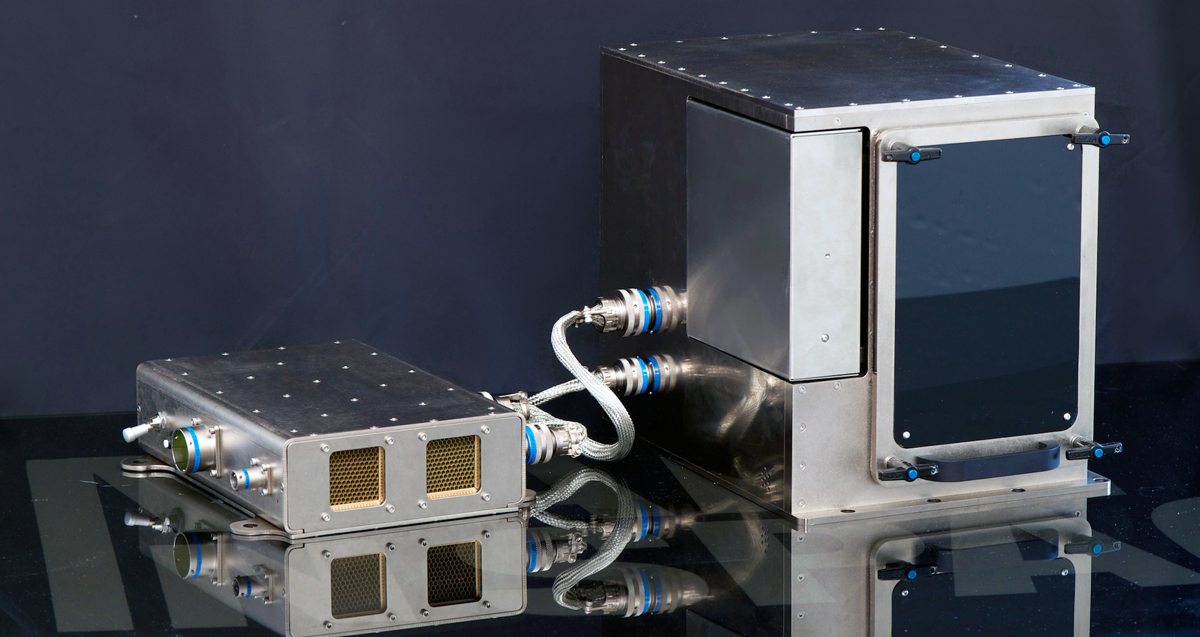On top of its immense 3D scanning endeavor and other projects, the Smithsonian is continuing to recognize the importance of 3D printing in human progress. Space.com reports that the Cooper Hewitt Smithsonian Design Museum in New York has kicked off a new exhibit titled “Tools: Extending Our Reach.” In a look at how tools have aided humanity throughout its existence, the museum is featuring the Made In Space Zero-G 3D printer, installed aboard the International Space Station at the end of last year, alongside 174 other tools dating as far back as 1.85 million years.

From last December until May 25, this year, the Cooper Hewitt Smithsonian Design Museum will pay tribute to toolmaking, including such diverse objects as the Mark V spacesuit developed for NASA in 1968 to a 1.85-million-year-old rock used to crush grain. Divided into such categories as “Make”, which includes the Zero-G Printer, and “Survive”, the exhibit is meant to illustrate how humanity has utilized tools as a means of enhancing our ability to interact with the universe.
Highlighting just how far our species reaches is the Zero-G 3D printer from Made In Space, which is currently 3D printing objects on aboard the ISS. Some of these prints, copies of which are also on display at the Cooper Hewitt Museum, are already back on Earth, being compared to parts printed on Earth, as part of an experiment on space manufacturing.
In addition to the Made In Space printer, other items of interest include the RoboBee insect-scaled robot from Harvard University, a 17th Century microscope, a microscale navigation system, and a spearhead from circa 11,000 BCE. Anyone with the opportunity to visit the exhibition may want to stop by while they have the chance. For those who can’t make it to New York, all of the items are cataloged with photos, descriptions, and videos on the museum’s website. The curatorial director of the museum and co-curator of the exhibit, Cara McCarty, also gave Space.com’s Calla Cofield an exciting tour, which you can read here.



